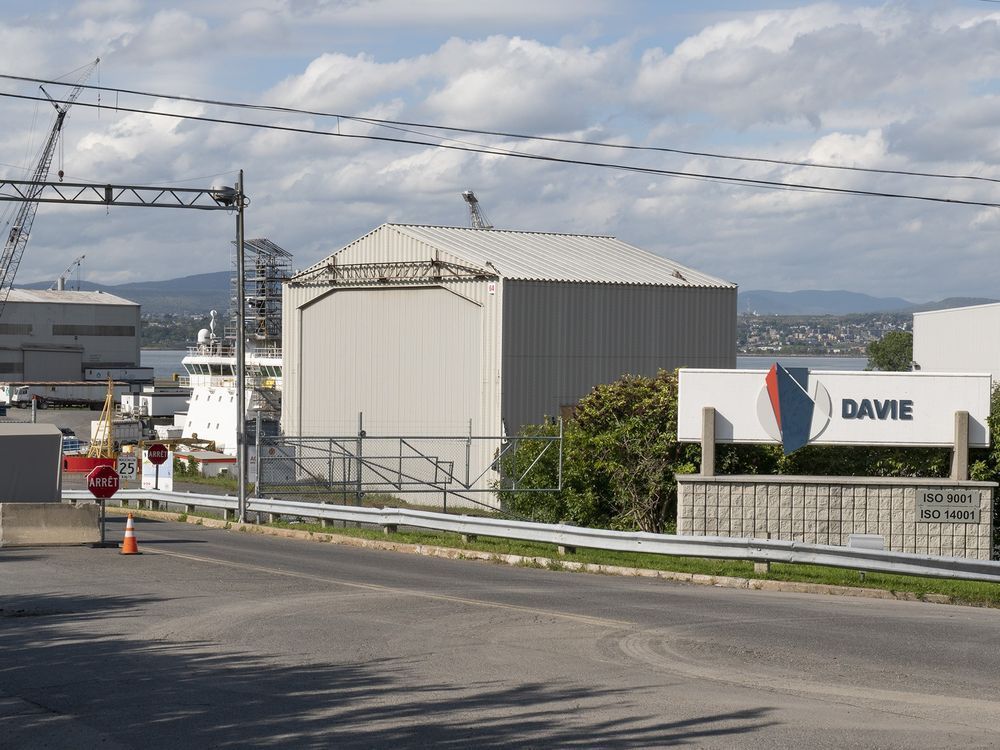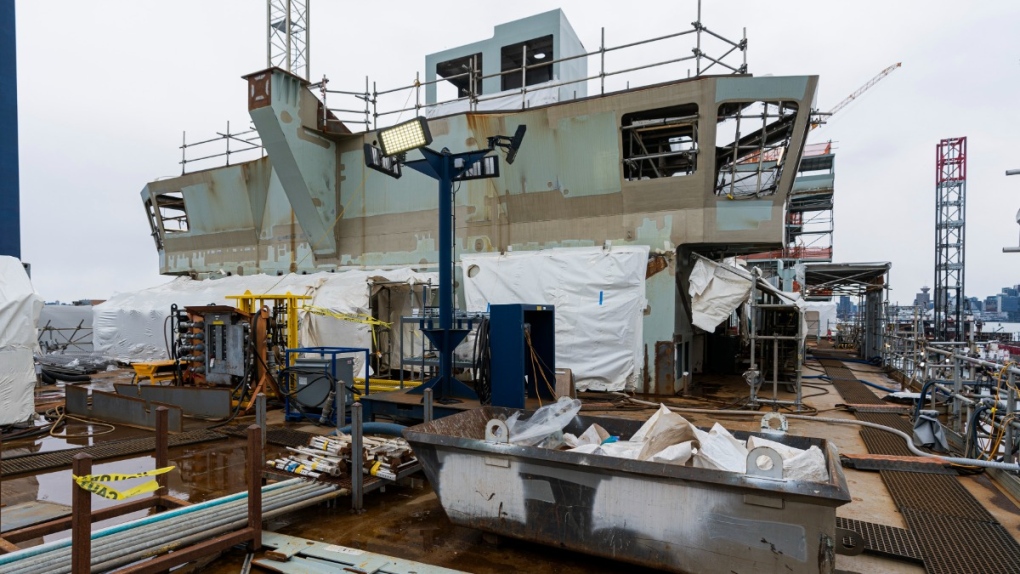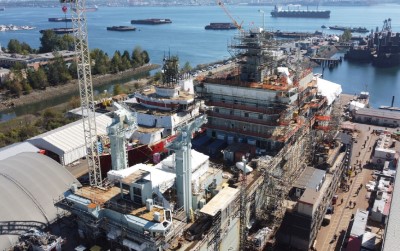Brands
Active Member
100B deficit pre covid? Post the evidence that says that.
|
|
|

100B deficit pre covid? Post the evidence that says that.
Canada forbids homebuyers from taking out insured mortgages with amortization periods of longer than 25 years. At a news conference Friday, Trudeau was asked whether his government would extend the limit to 30 years or more — a measure that would ease monthly payments and help some buyers who are currently shut out of the market.
The prime minister wouldn’t comment directly on that, but said: “On mortgages we will have more to say between now and the budget date on April 16, and perhaps we will save it for April 16.”
Canada has the lowest net debt to GDP radio in the G7.
We need to include the the Provinces and look at total debt.Canada has the lowest net debt to GDP radio in the G7.
I am talking about Federal. I am sure the debt would be more if other countries added states and provinces.We need to include the the Provinces and look at total debt.
Total federal and provincial debt equals approx. USD$ 1.6 trillion. Canada's total GDP is approx. USD $ 2.1 trillion, meaning that our debt to GDP ratio is 0.76. That puts us behind Germany, whose debt to gdp ratio is 65%, but I agree that we're in better shape that the others in this regard, especially Japan where debt is reaching a staggering 270% of GDP.
But why can't our federal and provincial governments spend within their means?
I am talking about Federal. I am sure the debt would be more if other countries added states and provinces.
That's federal debt. Which is deceiving because of the differences between unitary and federated States.. When you compare public debt Canada is not the lowest.
Which is gaming the data to serve your point that Canada has the lowest debt to gdp in the g7. In the USA for example, states are not permitted to issue or carry debt, and any state that cannot pay its bills must ask for federal financial aid.I am talking about Federal.
Apparently, ahead of the budget, the Defense Policy update will drop tomorrow:
Release of Canada’s Defence Policy Update - Canada.ca
On April 8, 2024, the Honourable Bill Blair, Minister of National Defence, will release Canada’s Defence Policy Update.www.canada.ca

We'll find out if the current trajectory is changing. Right now this seems to be the government's attitude:

Opinion: Trudeau’s Liberals are full of promises on everything except Canada’s highest priority: defence
Some of the prime minister’s recent announcements are outside federal jurisdiction and not likely to become a reality before the next election; however, boosting Canada’s defences is of critical importancewww.theglobeandmail.com
Presumably, they will put something in the window, as it would be odd to hold an election presser, at a Military Base, in order to shrug your shoulders. Though whether the 'something' will be tangible, sufficient or near-term is certainly an open question.





There’s a lot of programs announced that will need funding….




